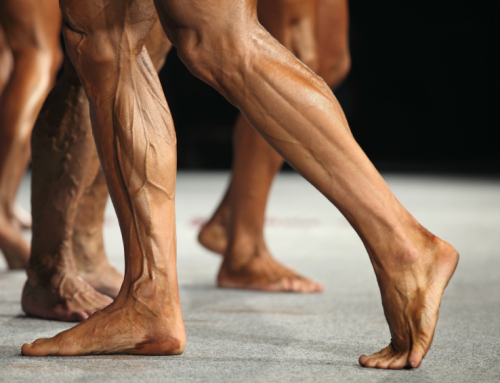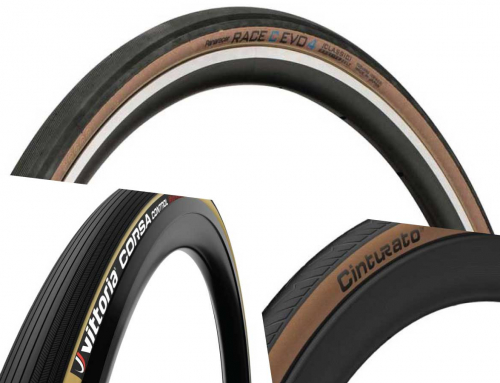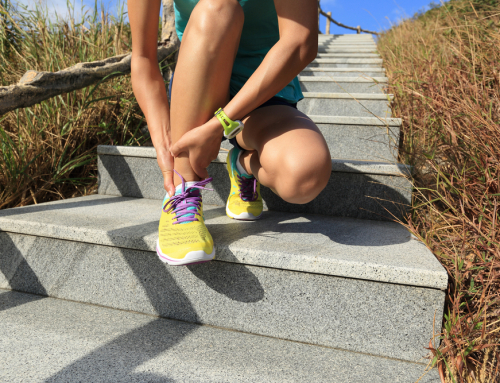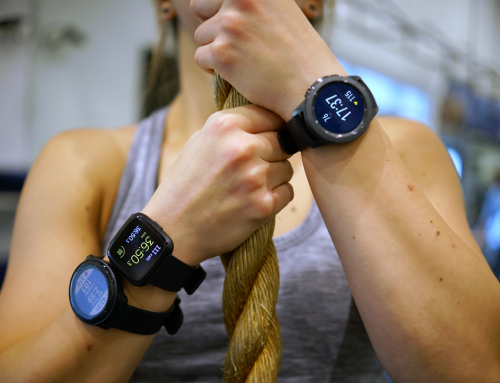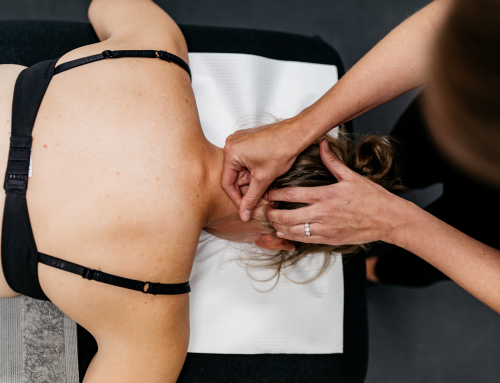Heat Training & Acclimatisation
Many poor races or DNFs may be attributed to heat illness. Heat illness is defined by a core temperature reaching in excess of 40 degrees. Recent research suggests that simply relying on temperature is not as accurate. Elite athletes appear to be able to reach temperatures around 41 degrees without sustaining heat illness. The best warning signs include dizziness, disorientation and nausea.
Performing at the same pace in the heat, compared to cooler conditions, can mean that you are working up to 15% harder. This is due to blood being redirected from the muscles/organs and to the skin for cooling. Thus, there is less blood return to the heart, but the heart beats faster to maintain stroke volume (blood output per beat).
Risk Factors
- Dominant factor with core body temperature increase is the intensity of activity
- Competition with others may blunt temperature perception despite all other indicators increasing
- Hot, humid environment where race is conducted
- Underlying cause such as a recent viral infection, poor clothing choices and illicit drug use
Heat Training / Acclimation (Artificial Heat) Process
- Start heat acclimation 7 weeks prior to event
- Begin with one session per week, then progress to two sessions
- Progress further by completing race intervals
- Use spa or sauna for up to 40mins post workout
- Complete sessions in simulated environment at temperature / humidity you will experience on race day
Acclimatisation (Natural Heat)
- Aim to spend 10-14 days acclimatizing to local conditions. The most benefits are gained after the 6th
Pre-Race Strategies
- Ice slushee with sport drink and/or ice bath pre-event – timing will be dependent on race requirements and/or ice vest. These strategies may delay core temperature elevation by 20-40mins.
- Menthol supplement – tricks the brain into thinking it’s cooler
- Drink 4-6ml/kg of body weight in the 2-3 days prior to the event
- Include sodium supplementation via fluid and/or food
- Consider weighing yourself or using a urine test strip each morning to monitor hydration
Post-Race Strategies
- Replace approx. 150% of fluid loss via drinks & food
- Include CHO, sodium and fats in your post session meal.
If you plan to push your limits in the heat, then prepare in advance.
Further Reading:
How Elite Athletes Respond to Extreme Heat
The Psychological Side of Heat Exhaustion



